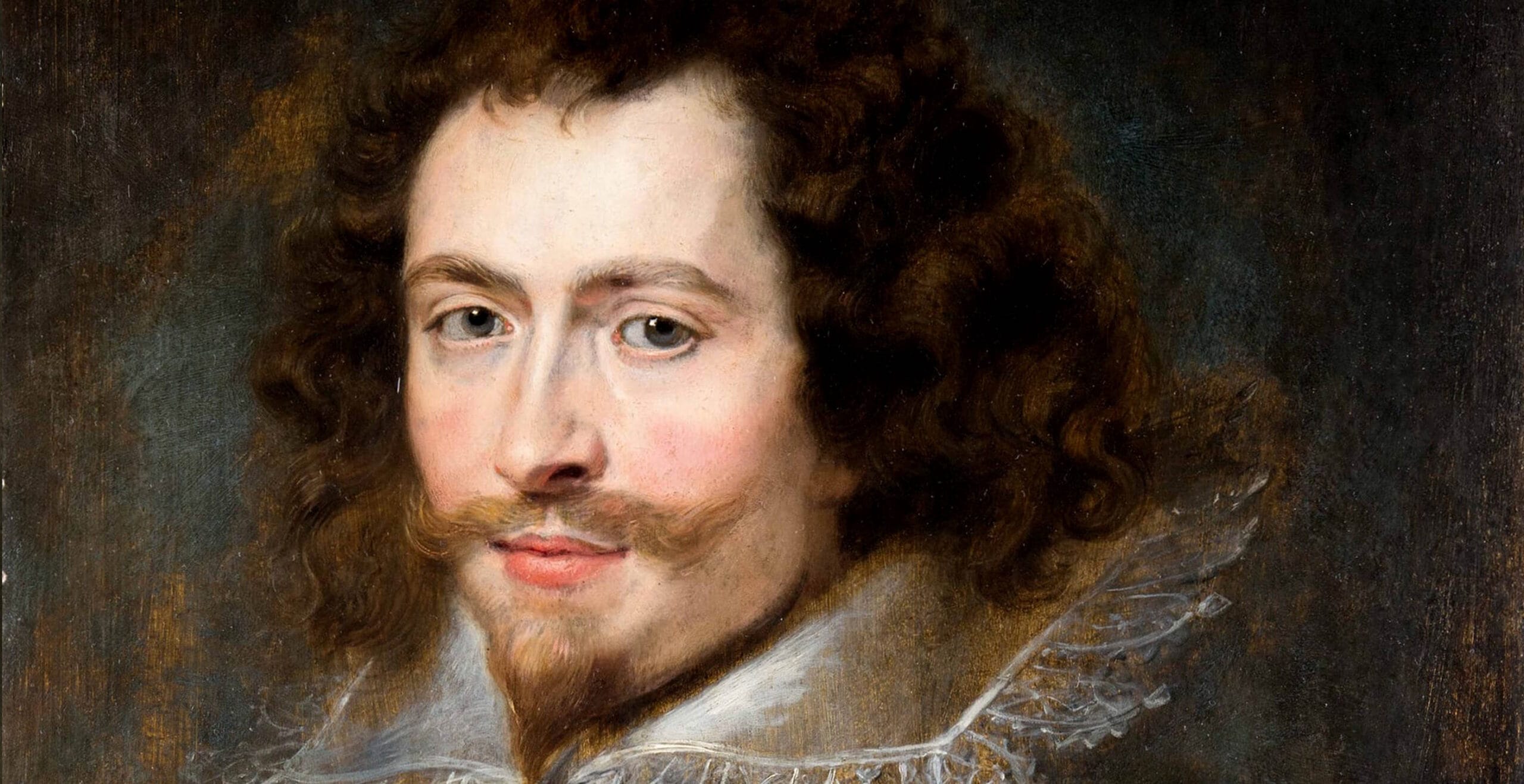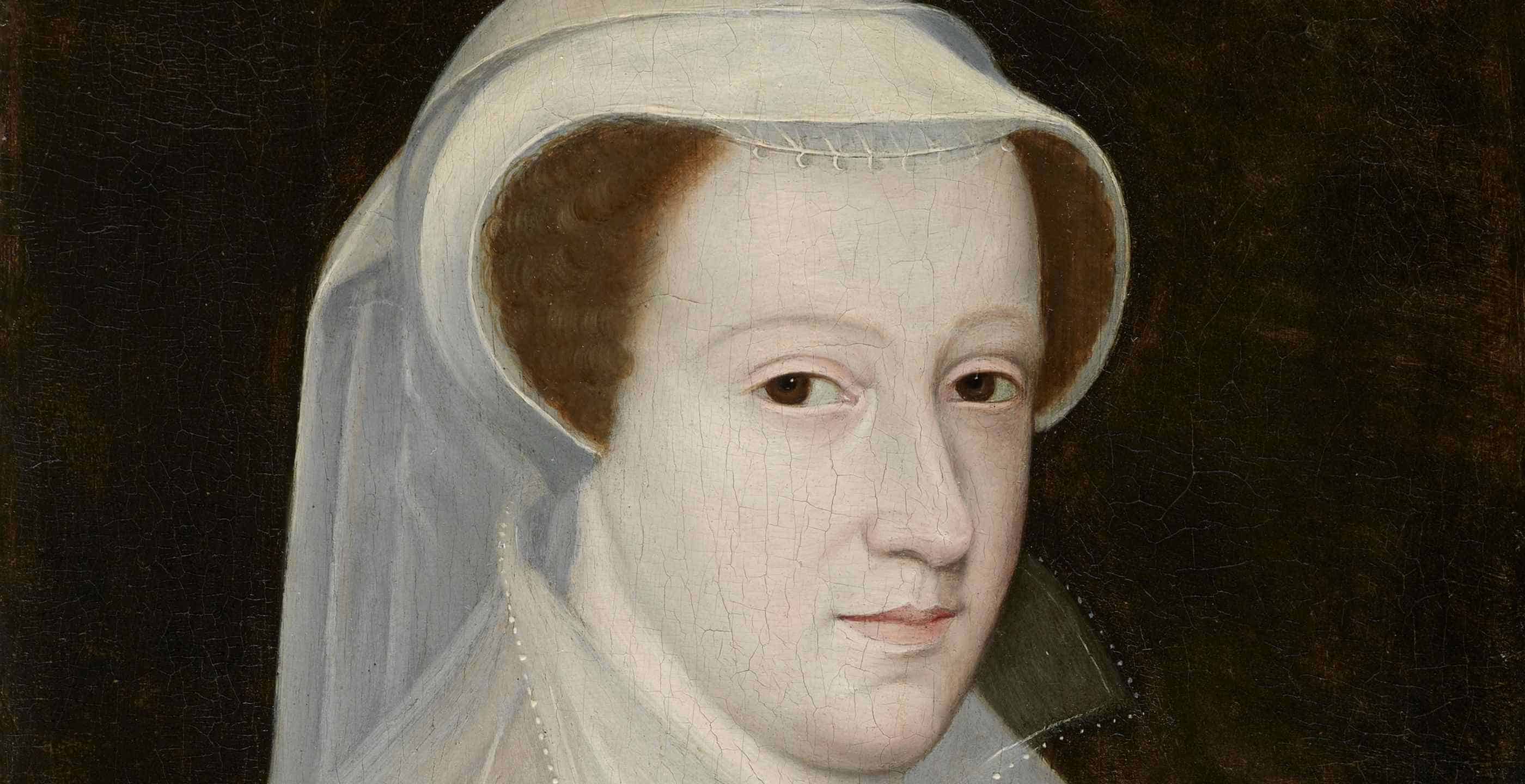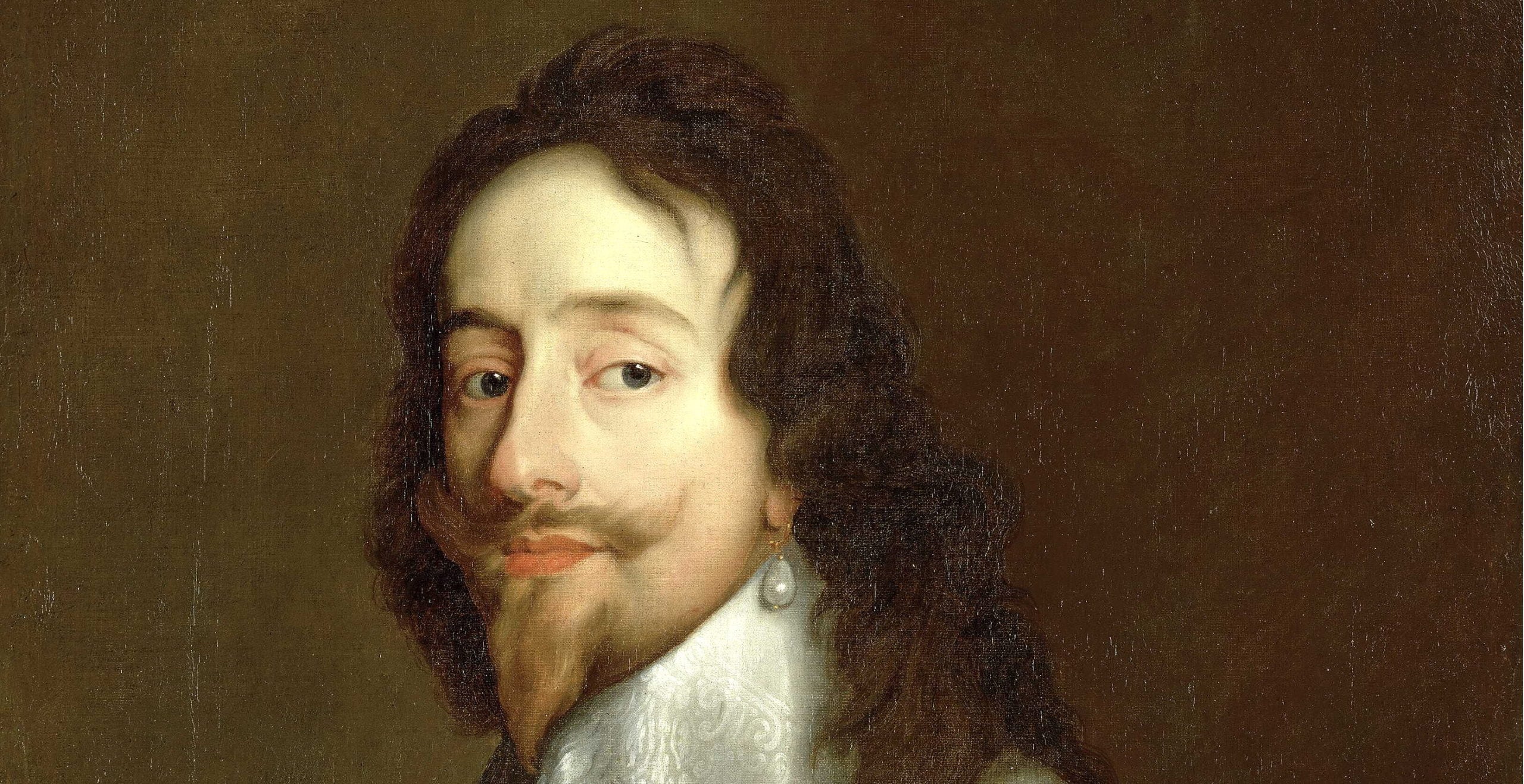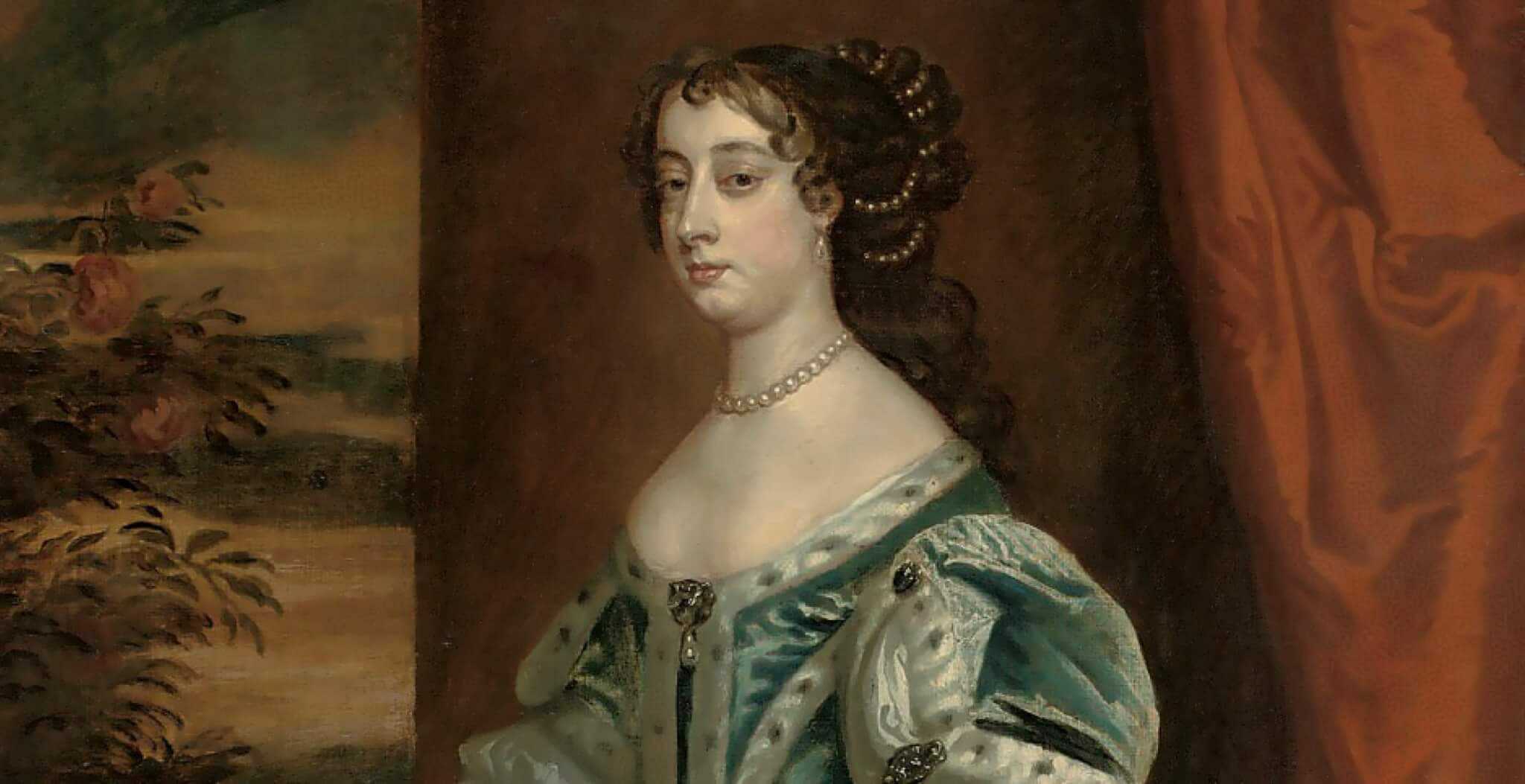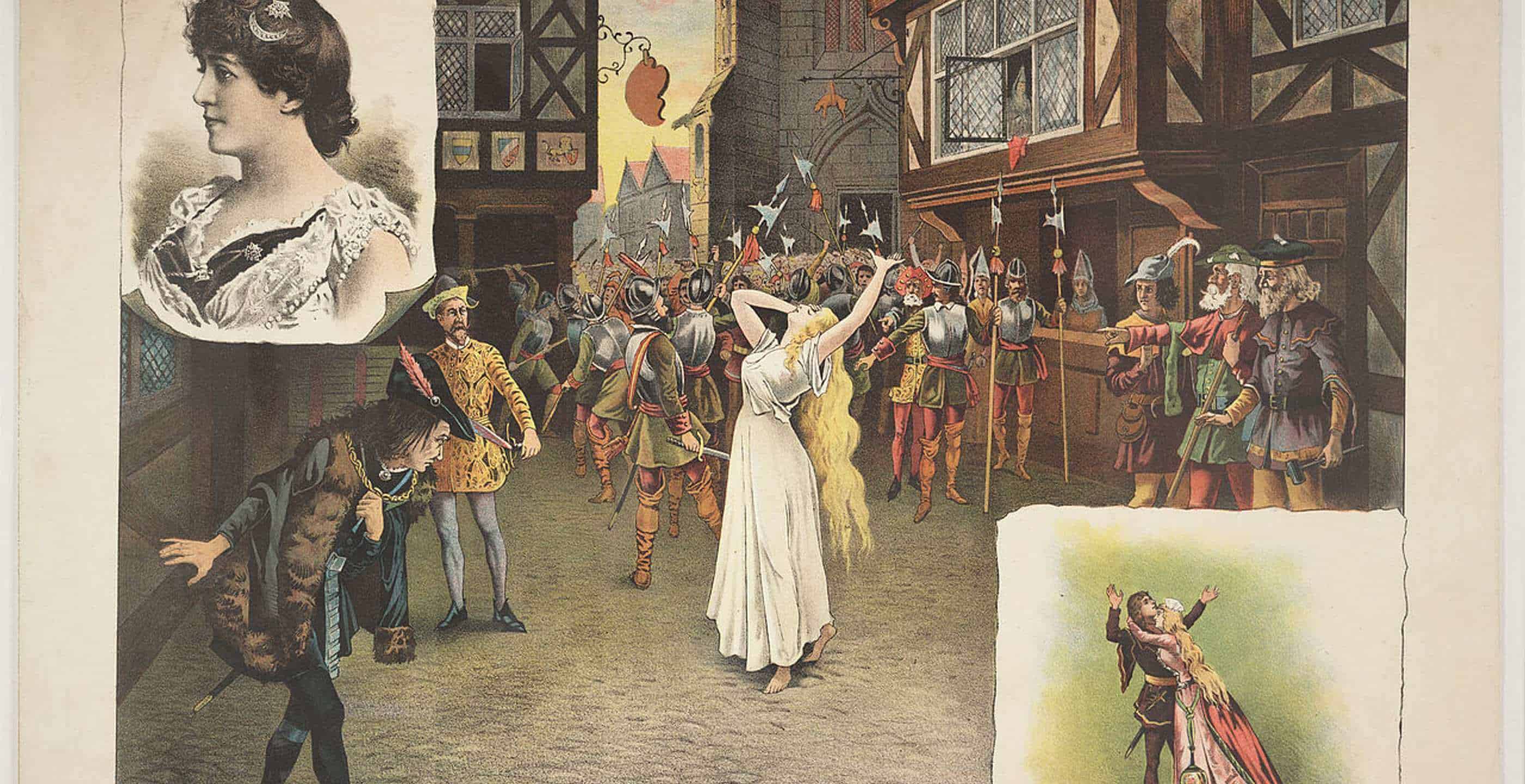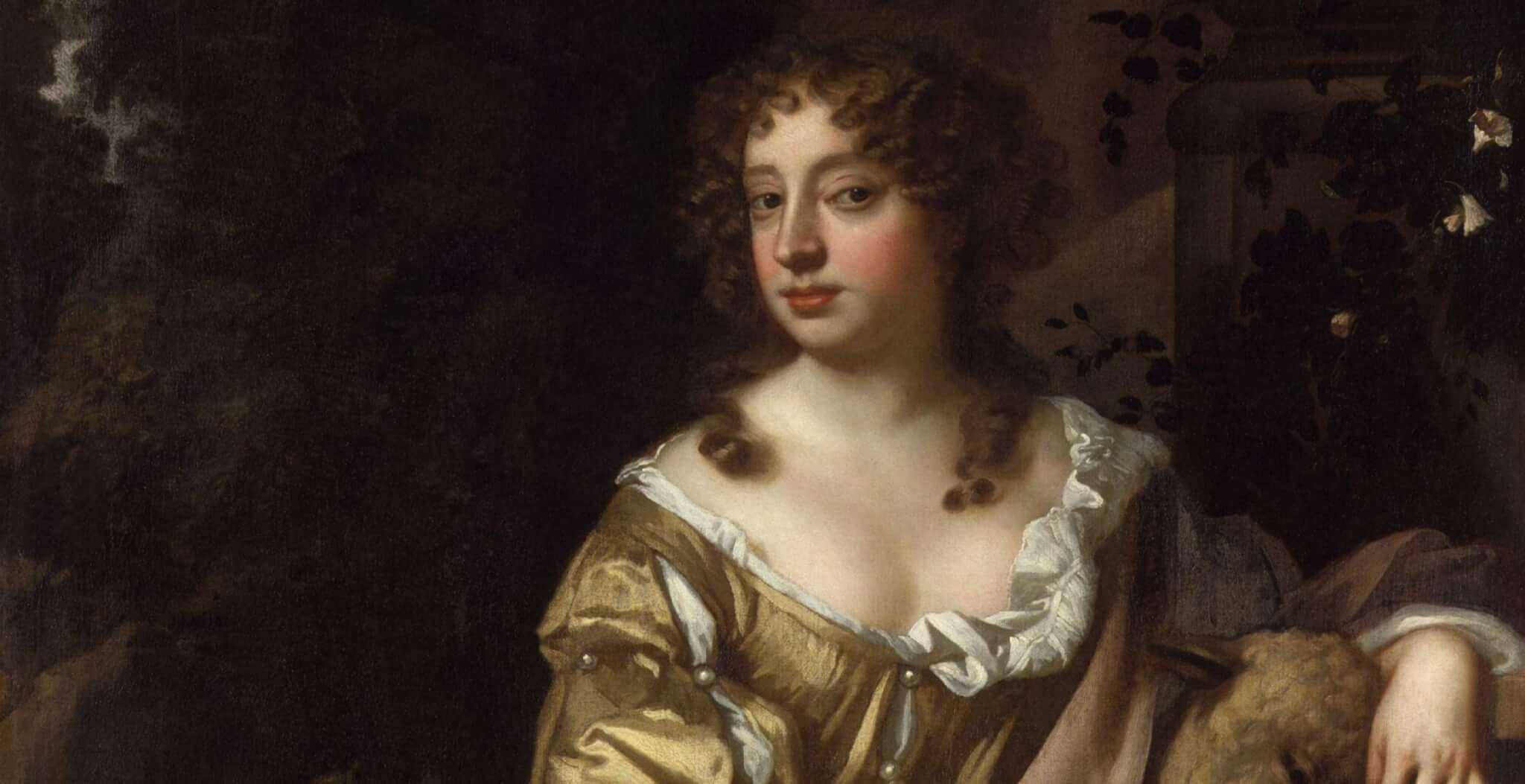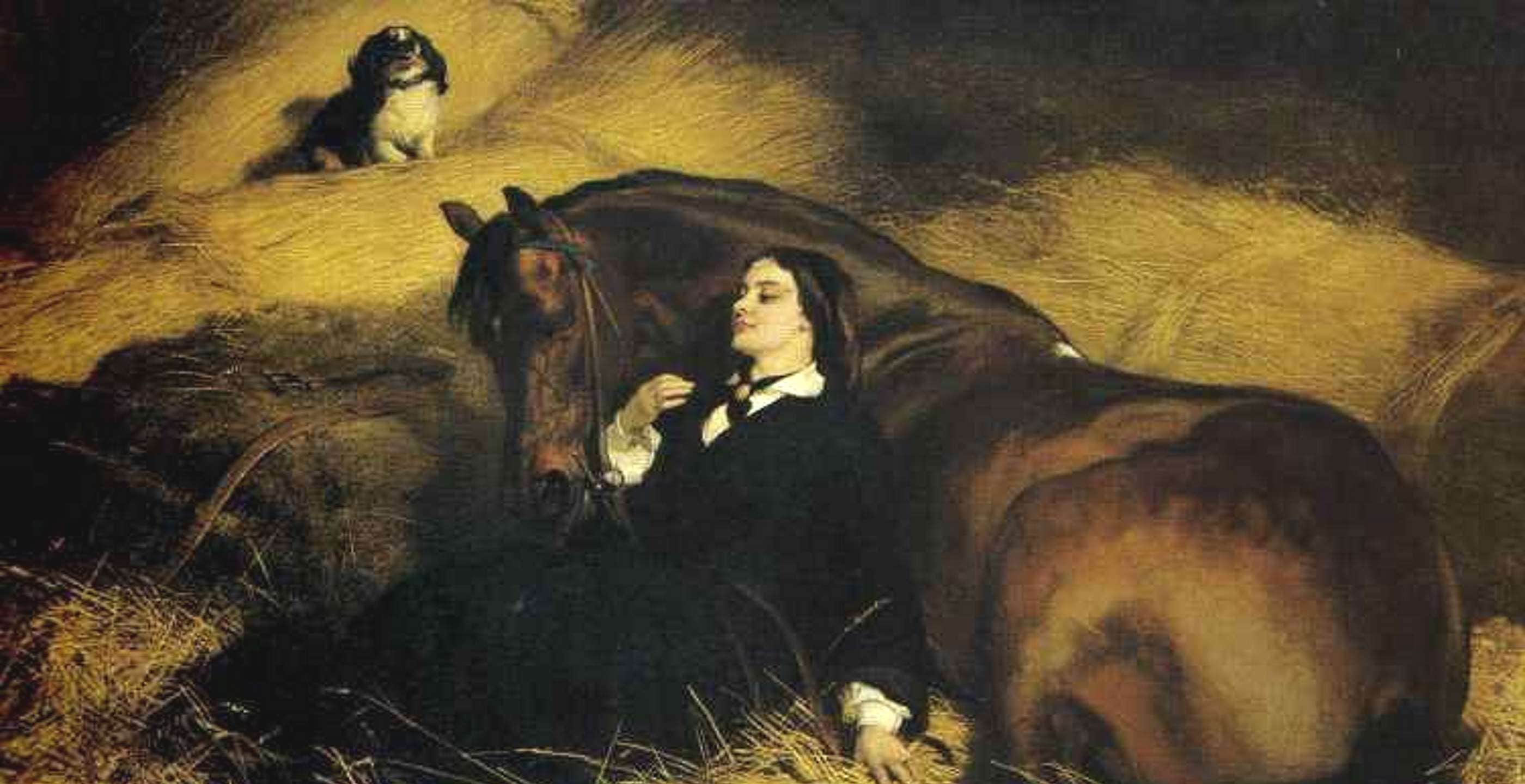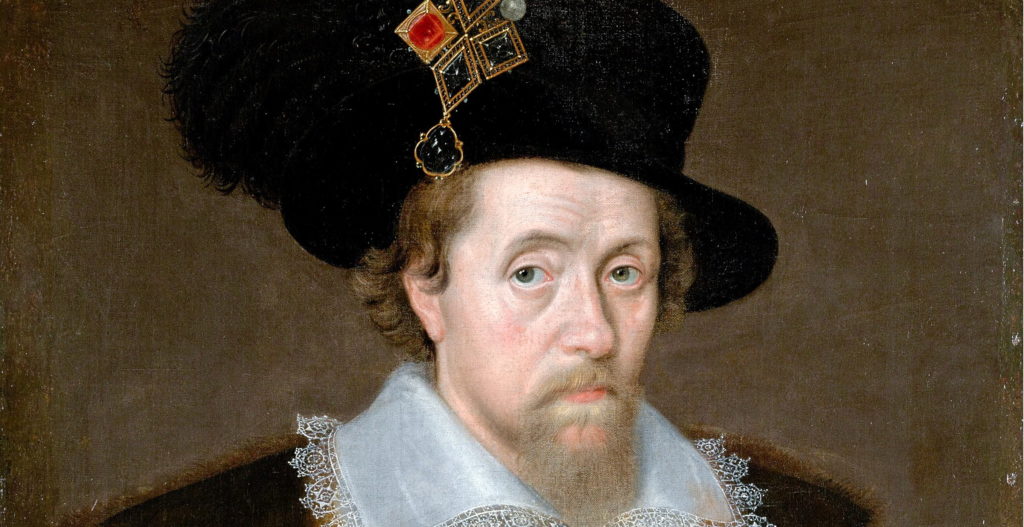George Villiers, the 1st Duke of Buckingham, was a powerful and divisive figure, who won the heart of King James I but in doing so alienated those fellow ambitious courtiers surrounding him.
His meteoric rise to become a statesman and courtier would prove to be his downfall as he grew increasingly unpopular, amassing many enemies, eventually leading to his assassination, three years into the reign of King Charles I.
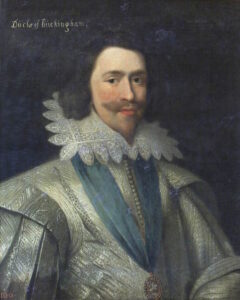
His life began in Leicestershire, born in August 1592.His father was a knight and sheriff and his mother was the daughter of Anthony Beaumont of Glenfield. His father died when he was just a child and thus his mother became the central figure in his life.
Mary would prove to have great ambitions for her son and made sure that he was well-versed in the values and fashions of the upper classes, equipping him with the skills of seducing the king. His early education would prove essential in becoming a courtier as he learned to speak French, took up fencing and dancing whilst perfecting his academic background.
His training as a gentleman and his notable good looks would hold him in good stead for his future role.
In August 1614 when he was just twenty-one, Villiers was noticed by King James I during a hunt. At the time, the monarch’s right hand man was Robert Carr, Earl of Somerset however this was not to last. Those who were in opposition to Robert Carr were keen to see him replaced and saw the opportunity that Villiers presented as a young and charming man in order to oust the Earl of Somerset.
Through the petitioning of those already in the court, he was awarded the position of Royal Cup-bearer. This was a prestigious and influential position, as his duty was not just to serve drinks to the monarch but to guard it in order to ensure it was safe from any insidious plot to poison the king. Thus, Villiers immediately entered the court as a high-ranking and trustworthy figure able to enter the confidence of the king.
Unsurprisingly, this sought after position gave him great influence with James I, enabling him to engage in conversation.
His next move was to present himself as a dancer in masques the following year, showing off his dance skills and garnering much attention.
Before too long, Villiers had easily ousted the king’s previous favourite, Robert Carr, and thus ascended through the ranks with aplomb.
Only a year after meeting the king, Villiers was knighted as Gentleman of the Bedchamber and the following year became the King’s Master of the Horse.
By 1617 he had become the Earl of Buckingham and two years later, Lord High Admiralty. By anyone’s standard, his promotions were rapid and most likely as a result of being not only the king’s confidante but also his lover.
As their relationship deepened, Villiers’ star was on the ascent, however such overnight success drew unwanted attention from his rivals who not only resented the king’s favouritism but saw Villiers as abusing his power by enriching himself and his relatives.
One of those involved in assisting him was the philosopher Francis Bacon who, with Buckingham’s favour, was given the role of Lord Chancellor. In response to securing his position, Bacon fulfilled Buckingham’s requests of favours for his close allies. In time however, an investigation launched by parliament would uncover deep levels of corruption with Bacon taking the blame.
Whilst Francis Bacon was condemned for his actions, Buckingham made no attempts to intervene, hoping to distance himself from the scandal.
Simultaneously, Buckingham was amassing great power and wealth in Ireland, with clandestine activities enabling him to control and build large Irish estates. His dealings would draw the attention of a parliamentary commission investigating abuses over monopolies and other financial irregularities in Ireland.
Once again, Buckingham managed to extricate himself from the investigation, feigning support for the inquiry whilst instigating parliamentary infighting over another issue in order to bring about the dissolution of parliament in December 1621, thus hindering the progress of the Irish commission.
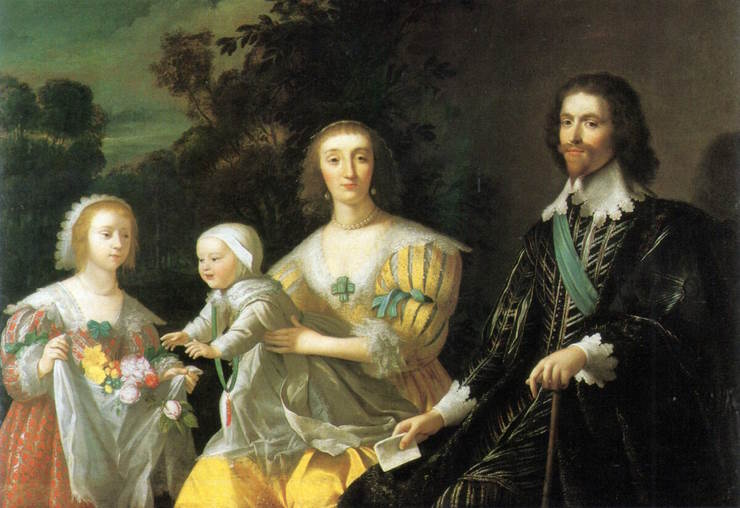
In the meantime, Buckingham established a family that could inherit his impressive legacy. In May 1620, he married Lady Katherine Manners who was the daughter of the 6th Earl of Rutland and went on to have four children, one of whom died in infancy. The marriage went ahead despite her father being unsupportive of the match.
Undeterred by naysayers, Buckingham continued to build his public profile, recognising the need for self-promotion and the importance of cultivating an image. In doing so, during his lifetime he had several portraits commissioned from famous artists such as Van Dyck, Rubens, William Larkin and Daniel Mytens the Elder.
In time, the depiction of Buckingham on canvas became increasingly flamboyant and ostentatious in order to display grandeur and his vast accumulation of wealth. For example in the 1625 painting by Michiel van Miereveld, his jacket is adorned with a luxurious abundance of pearls.

He would use Van Dyck in order to celebrate the status of his marriage to Lady Katherine Manners in which the couple are depicted as Venus and Adonis, evoking a mythological and ethereal composition whilst simultaneously depicting Buckingham in a heterosexual role (in contrary to the rumours of his relationship with the king). Such extravagant and evocative sexualised imagery was unconventional for the day and demonstrative of Buckingham’s character and ambitions.
He also promoted himself though the pageantry of the masque where he was able to demonstrate his skills as a dancer and in 1623, now the Duke of Buckingham, he was awarded the opportunity to dance alongside the royal heir, King James I’s son, Charles. In time, the two young men also developed a close friendship.
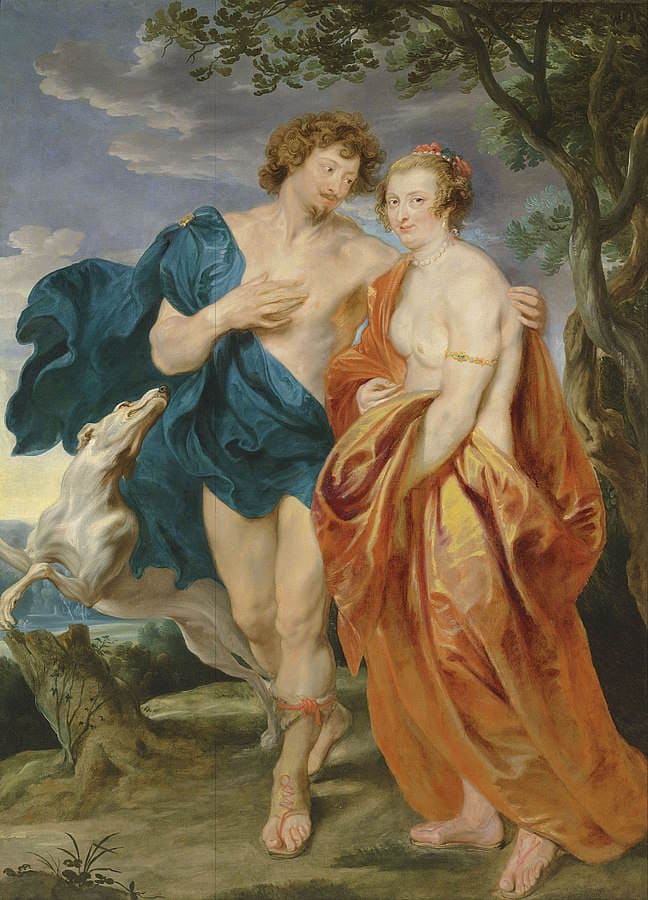
George Villiers, now the Duke of Buckingham had achieved an almost implausible ascent in authority and status over a short period of time.
He now was the only English duke who was not a member of the royal family. Unfortunately, his prominence came at a price as he found himself increasingly estranged from the other members of the aristocracy who surrounded him in the royal court.
Moreover, Buckingham’s foray into foreign policy and politics did not win him much admiration.
In the same year that he became a duke, Villiers accompanied Prince Charles to Madrid in order to arrange a marriage between the heir and the daughter of the Spanish king. His plan was to gain favour with the Spanish and form an alliance which could then be used for the sake of James’s son-in-law Frederick V to recover the Palatinate. Unfortunately, his attempts proved unfruitful due to his bad attitude which ultimately contributed to the failure in securing both the marriage and alliance.
Instead, on his return to England Buckingham, along with parliamentarians, voiced their support for King James I to declare war on Spain.
His negotiations abroad and his counselling of the king on these issues quickly made him an unpopular figure.
These tensions would continue to build and dominate during the reign of James’s son, Charles, who ascended the throne in 1625. At the time, Buckingham’s role as a royal favourite was well-cemented however the subsequent decisions he would make in the coming years looked set to make him a target.
One of his first failures came during his second attempt at negotiating a marriage for Charles. After the failure of his Spanish trip, Buckingham arranged for the French princess Henrietta Maria to marry Charles, however parliament were less than pleased with this negotiation as she was a Roman Catholic princess.
A series of military failures followed including Buckingham’s support for the Huguenot Admiral Benjamin, Duke of Soubise which led to losing La Rochelle. Similarly, he was held responsibility for the failure of the military expedition which had been sent to recover the Electorate of the Palatinate under the command of a German general called Ernst von Mansfeld.
In 1625, Buckingham turned his attentions to Spain where he proposed sending a vast naval and land expedition to attack the Spanish port of Cádiz. Unfortunately, poor preparation, lack of supplies and an ill-disciplined band of troops meant the expedition was doomed from the start. In the end, the attack was called off and with the men either drunk, hungry or suffering from disease, returned home in shame.
This failure was publicly attributed to Buckingham and as a result led to an impeachment process instigated by parliament. Nevertheless, the monarchy came to save him once more as King Charles chose to dissolve parliament. In the subsequent trial that followed all charges were dismissed and Buckingham had dodged another bullet.
Despite the responsibility for these failed ventures and poor management of relations, he still retained the favouritism of the new king, Charles I.
In what would be his final military escapade and in the context of increasingly fraught relations with France, Buckingham headed an expedition of 8,000 men, a costly endeavour which resulted in his own bankruptcy, in order to relieve the port of La Rochelle which found itself under attack from French government troops.
During the four month endeavour, he was given no option but to call for a withdrawal of his troops and abandon the siege before returning home to England with 5000 less soldiers.
Another attempt at impeachment was made however he was saved by the king once more. Buckingham was now public enemy number one.
On 23rd August 1628, at the age of thirty-five Buckingham was stabbed to death by John Felton (an army man) whilst in Portsmouth, as he attempted to arrange another military campaign.
Felton’s crime was in due course celebrated by many, whilst King Charles I mourned his friend. He was subsequently buried in Westminster Abbey, in the chapel which was normally only used for members of the royal family. In a small and discreet ceremony, he was buried on 18th September.
George Villiers’ tomb inscription reads, “The Enigma of the World”. A touching tribute to man who had succeeded where so many others had failed, in securing life-long allegiances from two monarchs, earning him the sobriquet, “the king’s favourite”.
Jessica Brain is a freelance writer specialising in history. Based in Kent and a lover of all things historical.
Published: 29th January 2024
